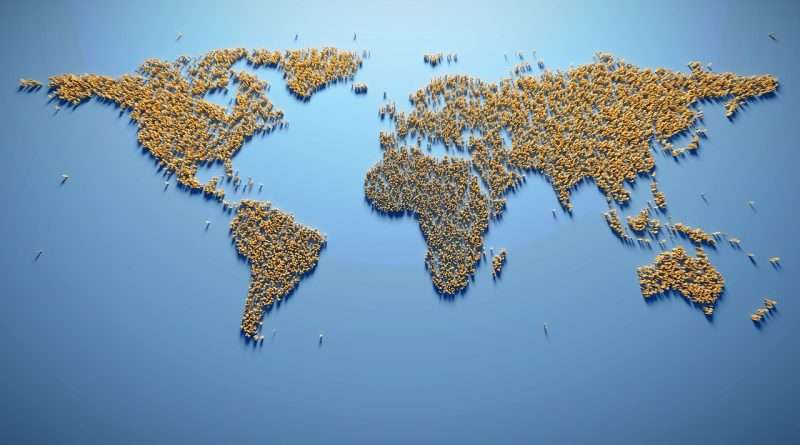How Many Languages Exist: The Exact Numbers
The quest to quantify the number of languages spoken across the globe leads us to a figure of around 7,000 languages. This number, however, still needs to be fixed as languages evolve, merge, or fade away over time. The linguistic panorama reflects the world’s rich cultural diversity but also highlights the challenge of preserving lesser-known languages from the brink of extinction.
Linguistic Landscape: A Broad Overview
The number of languages spoken globally is a testament to human civilization’s rich cultural tapestry. Yet, the exact number still needs to be discovered due to the fluid nature of languages. While Ethnologue provides an estimate of 7,000 languages, UNESCO posits around 6,000. This discrepancy underscores the dynamic nature of languages, constantly ebbing and flowing with the tides of social, political, and economic changes.
The predicament of Endangered Languages
A significant portion of these languages, about 43%, are classified as endangered. As these languages fade away, they take a unique worldview, cultural heritage, and knowledge accumulated over centuries.
Dominant Languages: Bridging Global Communication
Despite the vast number of languages, a mere 20 of them are spoken by 75% of the world’s population. The most spoken languages by total number of speakers include English, Mandarin Chinese, Hindi, and Spanish. These languages are pivotal in global communication, diplomacy, and international relations.
Geographical Dispersion of Languages
The distribution of languages is uneven across continents. Asia and Africa are linguistic hotspots, followed by America and Oceania, and then Europe. Countries like Papua New Guinea and Tanzania exemplify linguistic diversity, with many languages spoken within their borders.
European Union: A Model of Multilingualism
The European Union (EU) showcases multilingualism with 24 official languages. This linguistic diversity is intertwined with the EU’s identity, emphasizing unity in diversity and underlining the importance of multilingualism in fostering a cohesive, inclusive, and competitive Europe.
The Road Ahead: Preservation and Learning
The global community faces the dual task of preserving endangered languages and promoting multilingualism. Documenting languages, revitalizing endangered ones, and encouraging language learning are crucial steps toward a linguistically diverse and interconnected world.
In conclusion, the question ‘How many languages are there in the world?‘ unveils a realm of global linguistic diversity, emphasizing the importance of each language in enriching the human experience and urging a collective effort to preserve and celebrate this diversity.

